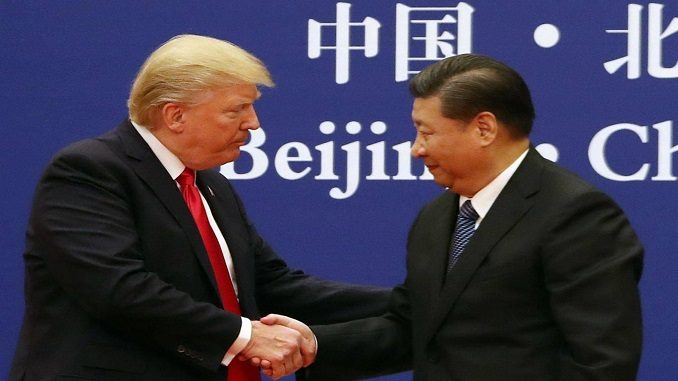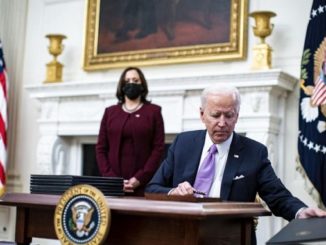
China will boost purchases of U.S. goods and services by $200 billion over two years in exchange for the rolling back of some tariffs under an initial trade deal signed by the world’s two largest economies, defusing an 18-month row that has hit global growth, Reuters reported.
Key world stock market indexes climbed to record highs after the deal was signed on Wednesday in Washington, but later stalled on concerns it may not ease trade tensions for long, with numerous thorny issues still unresolved.
While acknowledging the need for further negotiations with China to solve a host of other problems, President Donald Trump hailed the agreement as a win for the U.S. economy and his administration’s trade policies, Reuters adds.
“Together, we are righting the wrongs of the past and delivering a future of economic justice and security for American workers, farmers and families,” Trump said in rambling remarks at the White House alongside U.S. and Chinese officials on Wednesday.
Chinese Vice Premier Liu He read a letter from President Xi Jinping in which the Chinese leader praised the deal as a sign the two countries could resolve their differences with dialogue.
“While markets seemed to take this deal as a risk-on signal, we should all be aware that headlines about trade, particularly U.S. China trade, are going to be a constant feature of 2020,” said Hannah Anderson, Global Markets Strategist, J.P. Morgan Asset Management in Hong Kong.
The centerpiece of the deal is a pledge by China to purchase at least an additional $200 billion worth of U.S. farm products and other goods and services over two years, above a baseline of $186 billion in purchases in 2017, the White House said.
Commitments include $54 billion in additional energy purchases, $78 billion in additional manufacturing purchases, $32 billion more in farm products, and $38 billion in services, according to deal documents released by the White House and China’s Finance Ministry.
Liu said Chinese companies would buy $40 billion in U.S. agricultural products annually over the next two years “based on market conditions” which may dictate timing of purchases in any given year.




Be the first to comment